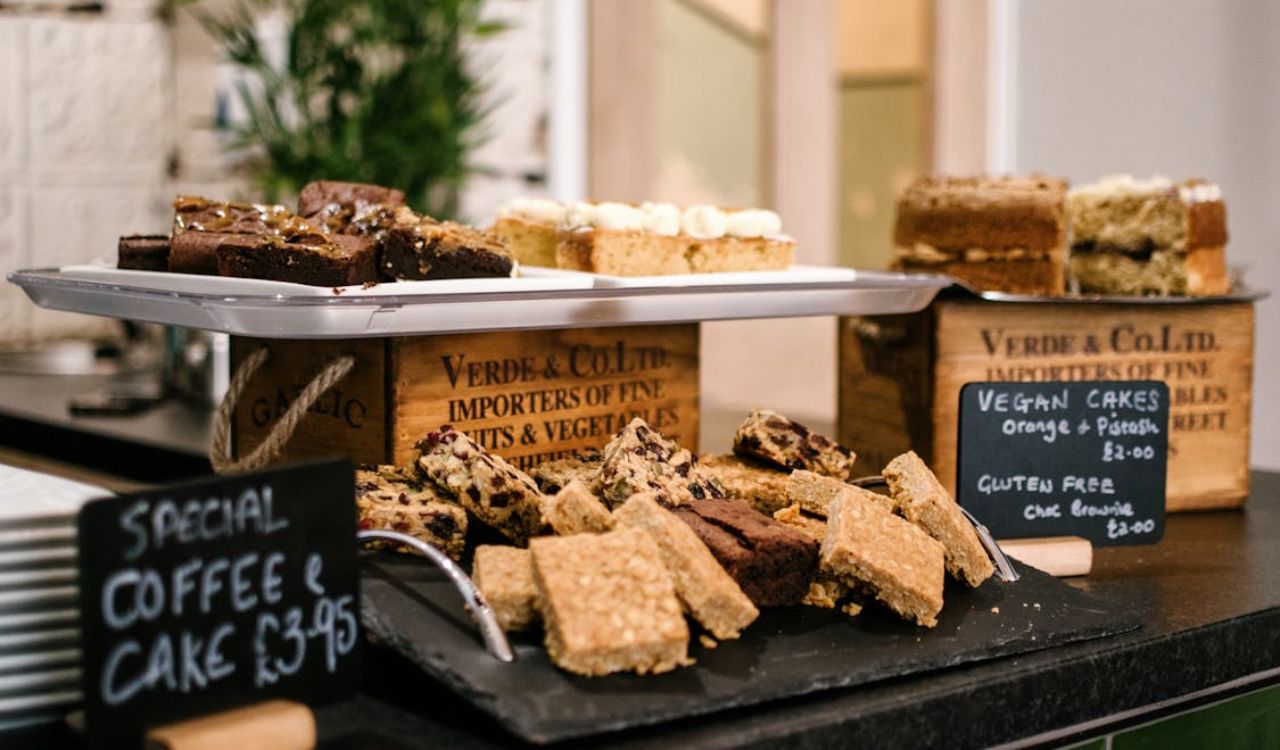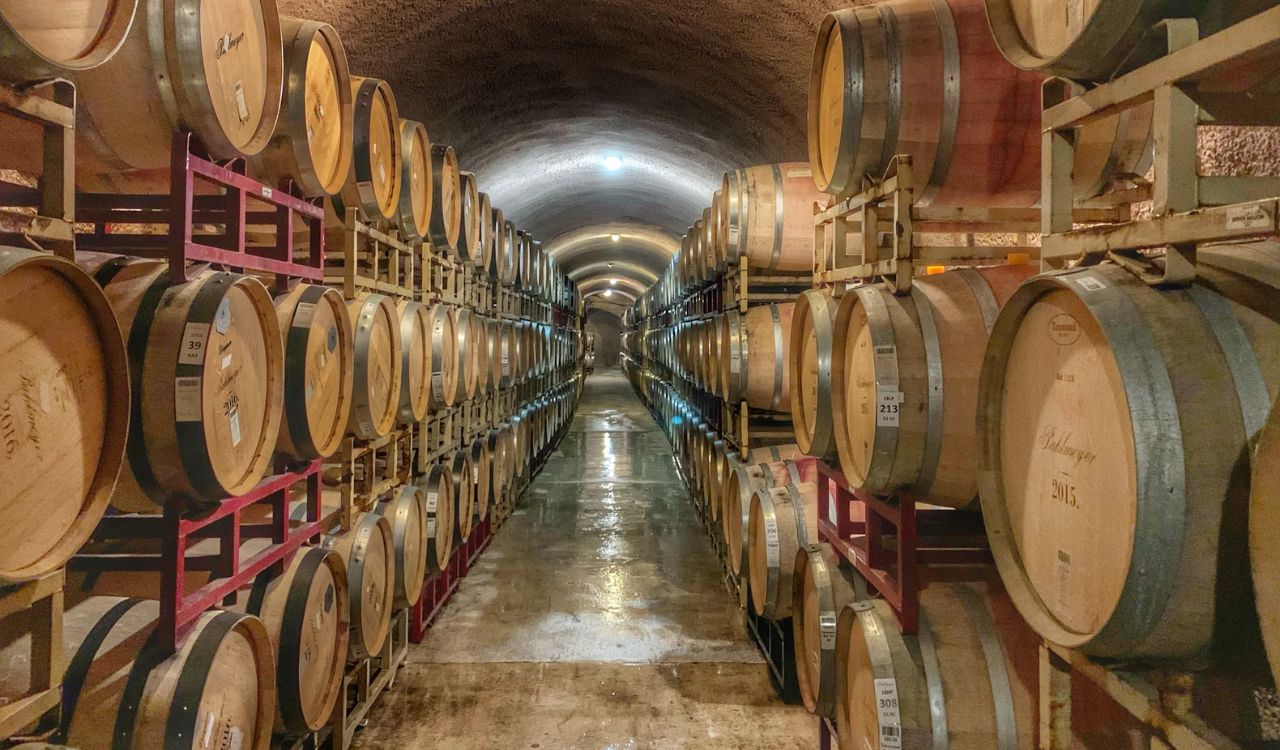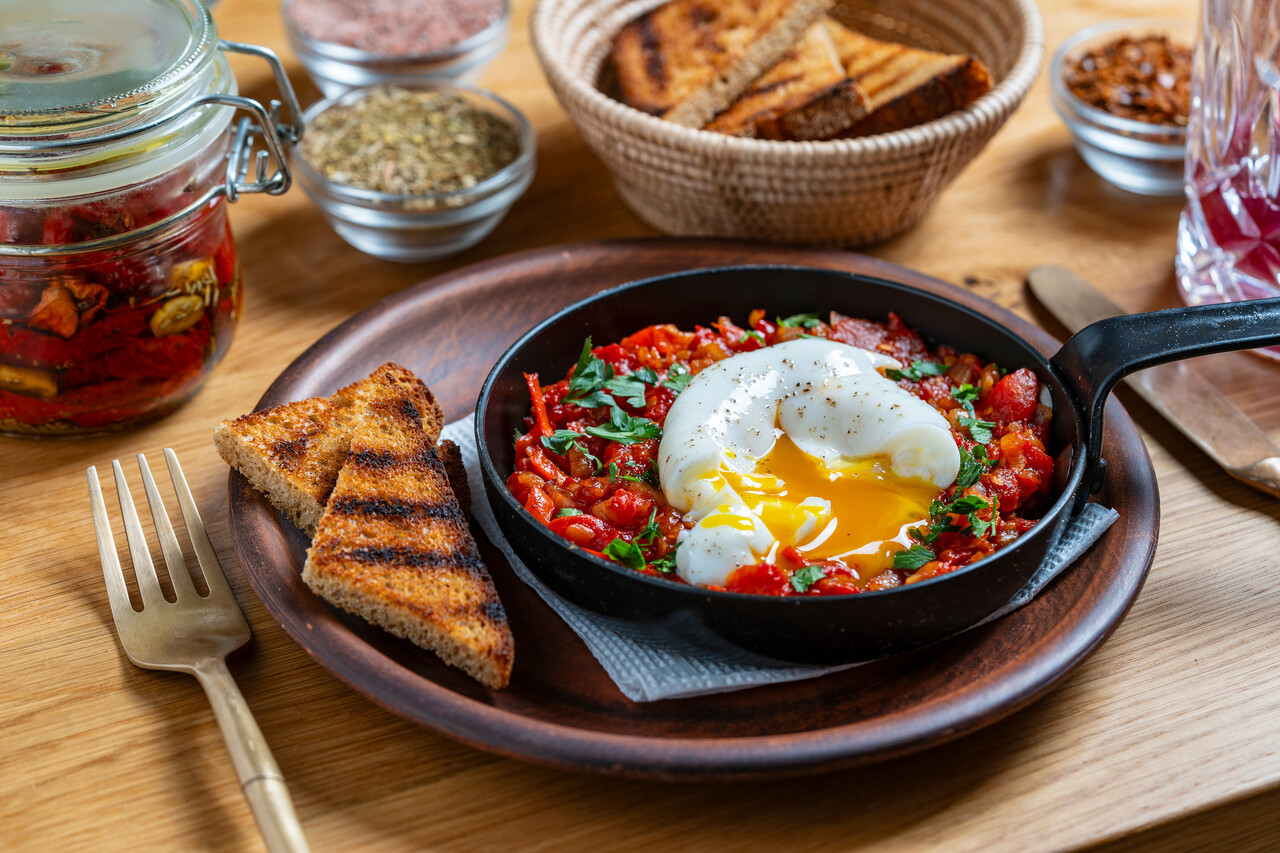10 European Beers You Can Actually Find on American Shelves
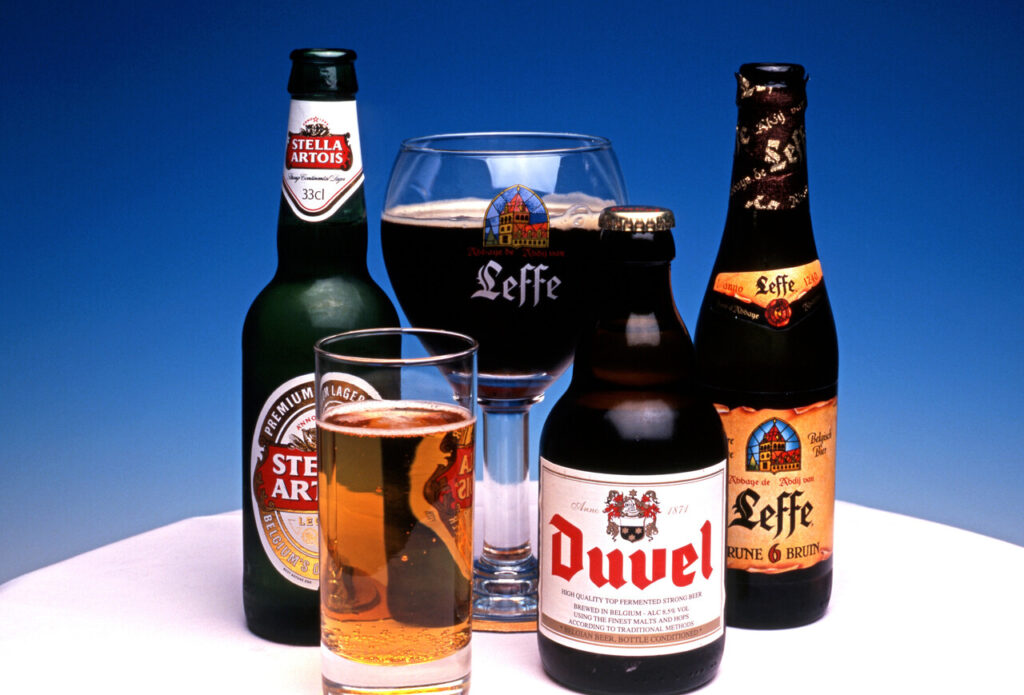
If you love beer, you know there’s something special about cracking open a genuine import, a flavor you often can’t replicate locally. But real imports aren’t just rare finds in specialty shops anymore. There are several European beers that are surprisingly common in bars, big-box stores, and supermarkets here. What this means is you can enjoy authentic pilsners, stouts, lagers, and ales from Europe without planning a trip. Below are ten European beers you probably see (or should see) in your fridge aisle and what makes them worth picking up.
1. Stella Artois (Belgium)
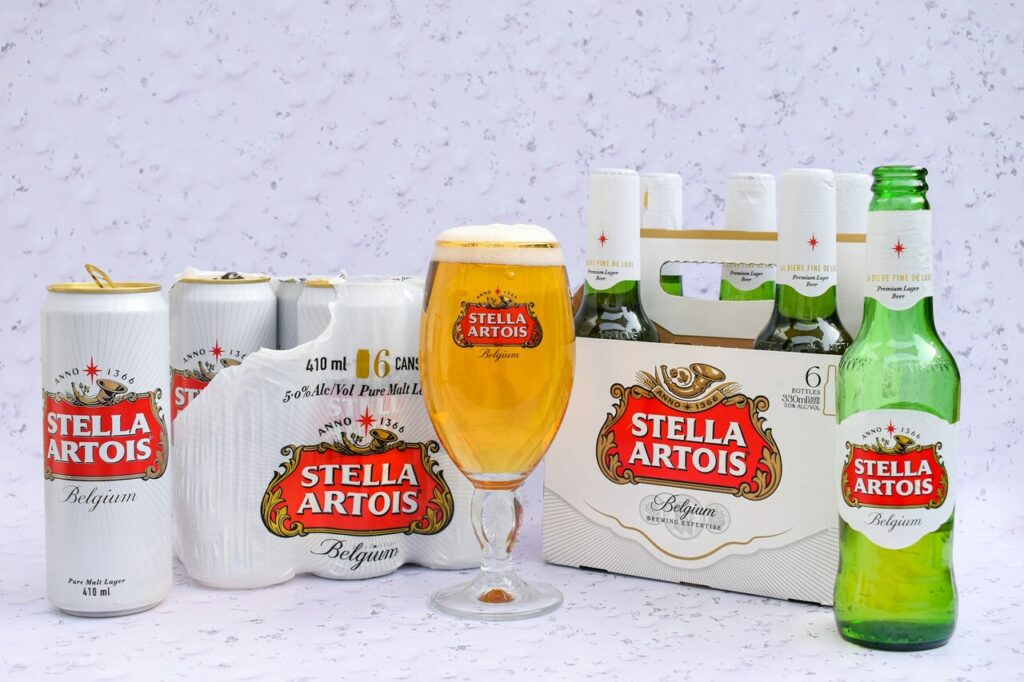
Stella Artois is a Belgian pilsner with a crisp, clean flavor, mild hop bitterness, and a somewhat grainy malt backbone. In Belgium, it’s fuller-bodied than many mass-market lagers, but when exported, it’s dialed so you get smoothness and balance. What makes Stella Artois stand out is consistency. Because it belongs to a large brewer and has strict quality control, each bottle or can in the U.S. tends to be uniform. It’s light enough for everyday drinking, but just flavorful enough so you don’t forget it’s an import. You’ll pick up subtle floral or spicy hop notes and a dry-ish finish. Many people view it as more refined than cheap light lagers but not overcomplicated.
2. Heineken (Netherlands)
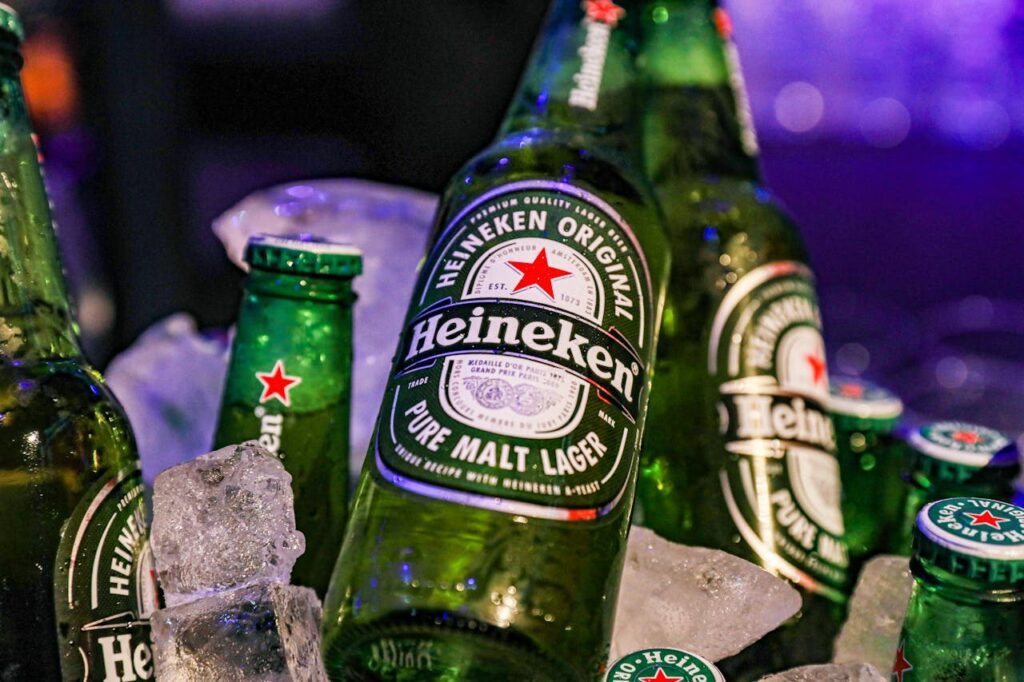
Heineken is iconic. It’s a pale lager that stays light and drinkable while carrying a modest bitterness and hop aroma. The flavor is subtle, grassy or herbal hop sense, clean malt backbone, and bright carbonation. Because it doesn’t push extremes, it holds up well in transit. Your bottle may travel far, but inside, the quality is steady. The packaging helps: green bottle, red star, distinct label, all of it makes it easy to recognize. You’ll generally find it in many shops, including grocery store beer aisles. It’s not cheap, but you’re paying for consistency and name value. If you want something refreshing that punches above basic light lagers without being heavy, Heineken delivers.
3. Guinness (Ireland)
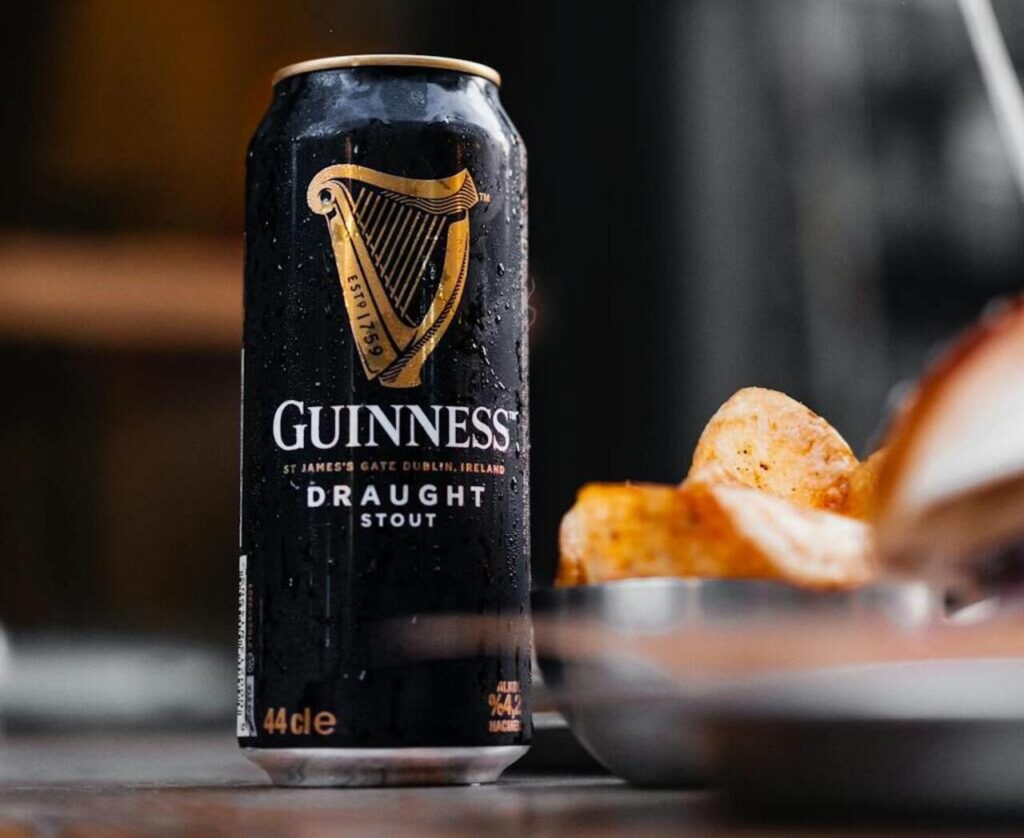
When you open Guinness, expect roasted malt, dark chocolate, or coffee-like roast, plus that creamy mouthfeel from nitrogen (or at least a nitrogen-styled head). It’s hearty without being bitter-aggressive. In the U.S., you’ll often have access to the classic stout, and sometimes variations like Foreign Extra Stout, where local regulations and importers permit. Branding helps: Guinness has deep roots, a strong identity, and a presence in Irish pubs and bars. Even outside bars, you’ll see bottles or cans in stores. If you crave something more contemplative than a lager, a beer with depth and character, this is a reliable route.
4. Peroni Nastro Azzurro (Italy)
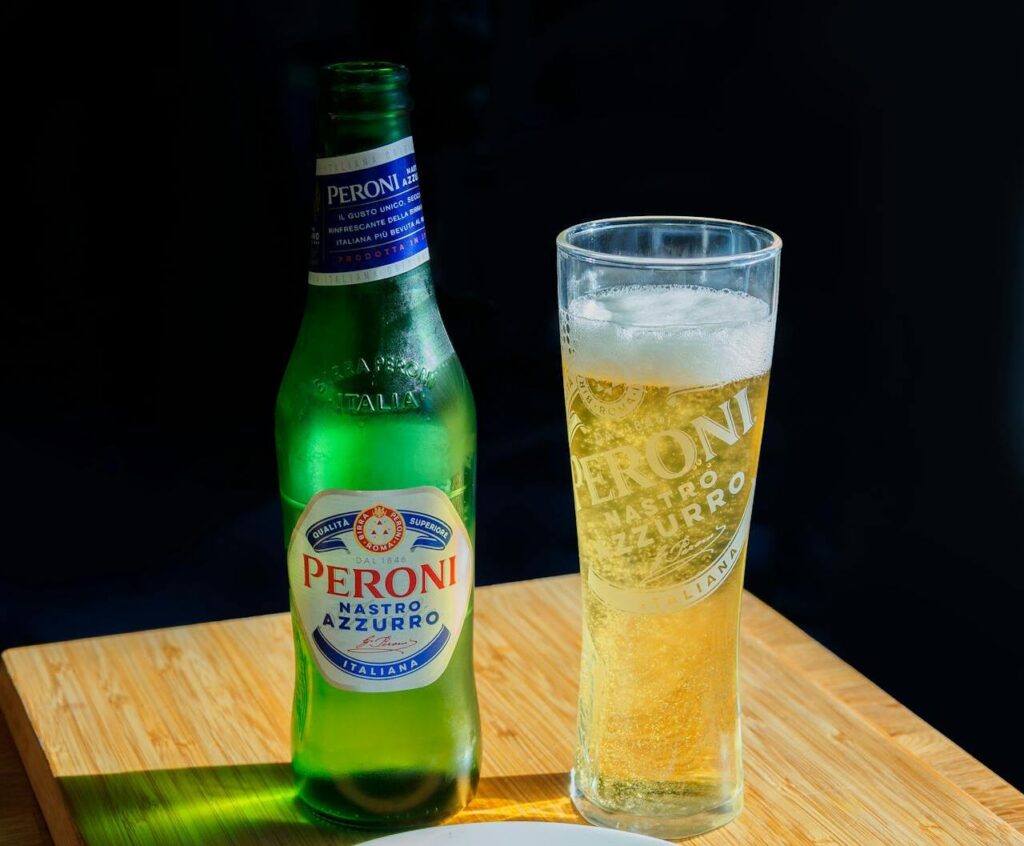
Peroni Nastro Azzurro is an Italian pale lager that balances elegance and drinkability. Brewed in Italy since 1963, it has a light malt sweetness, crisp bitterness, and a clean hop aroma often with citrus or floral touches. An important update: in 2024, Molson Coors began brewing it domestically in Albany, Georgia. That helps with freshness and price. Whether imported or brewed under license, the profile stays the same: not heavy, nicely balanced. It’s often priced higher than standard domestic lagers, but many beer lovers find the prettier presentation and flavor worth the extra cost. If you want something imported that shows style as well as taste, this one is strong.
5. Trumer Pils (Austria)
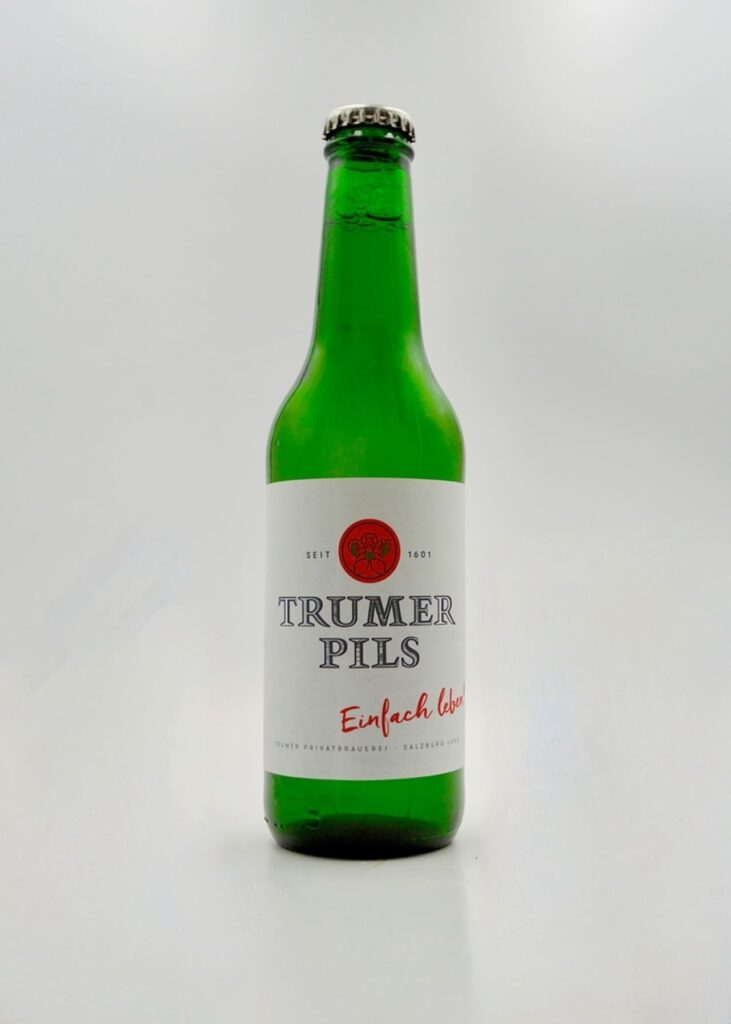
Trumer Pils is a traditional Austrian pilsner, brewed under classic rules, though there’s also a U.S. brewery in California helping supply here. You’ll notice higher carbonation, sharp bitterness, floral or herbal hop presence, and a clean malt sweetness that doesn’t linger. It’s sharper and drier than many American pale lagers. Because it has dual production or distribution, many urban areas, especially on the West Coast, see it more often. It’s a beer for when you want more hop bite without departing from European traditions. If your store stocks imported lagers beyond the names everyone knows, look for this.
6. Estrella Damm (Spain)
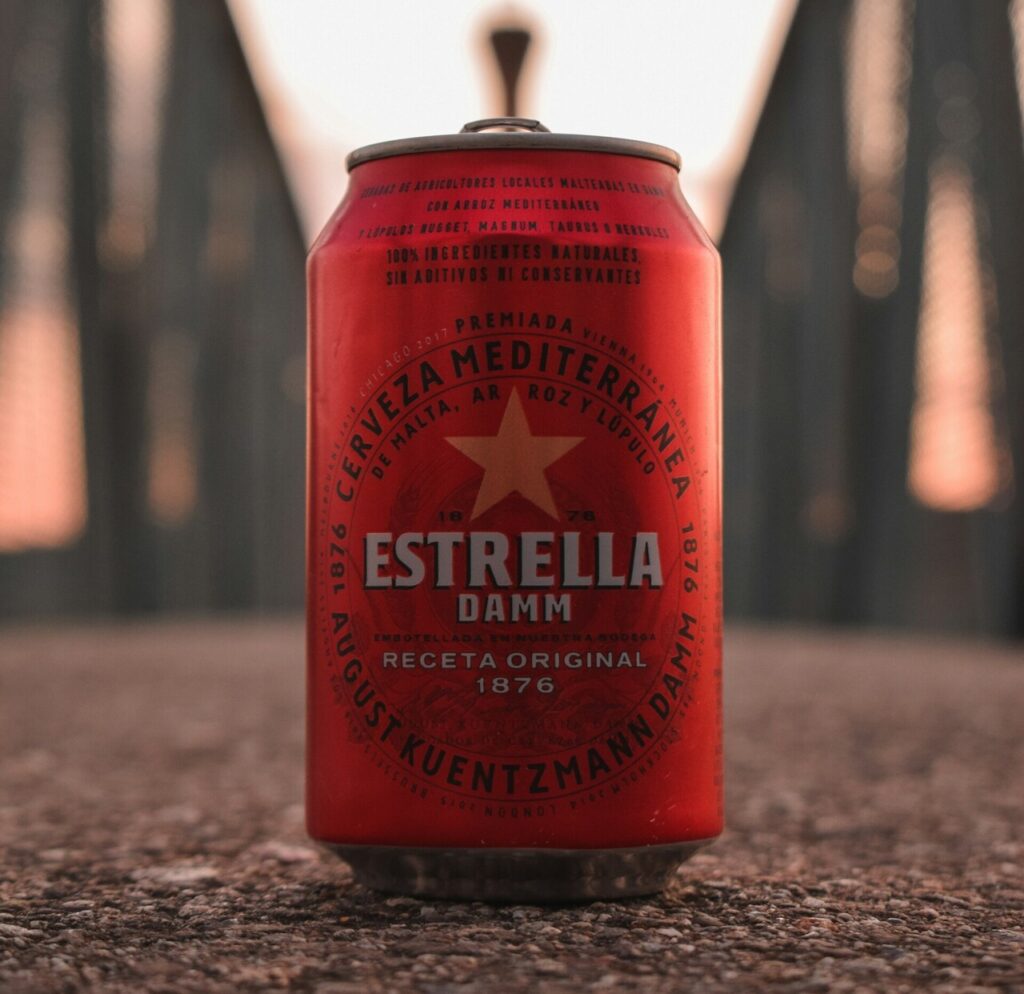
Estrella Damm offers a golden, refreshing lager with a gentle malt body, light grain sweetness, mild bitterness, and soft hop aroma. It’s not super bitter or heavy-it’s more about drinkability. Expect a clean finish, good carbonation, subtle floral or herbal hop note. Many find it a great match for lighter foods or when you want something pleasant on a warm day. Because Estrella Damm is exported to many countries, you’ll see it in import sections or international markets. It’s one of those beers that pleasantly surprises if you haven’t tried Spanish lagers much. If you want something different from the usual American lagers, but still simple, this is a good choice.
7. Hoegaarden (Belgium)
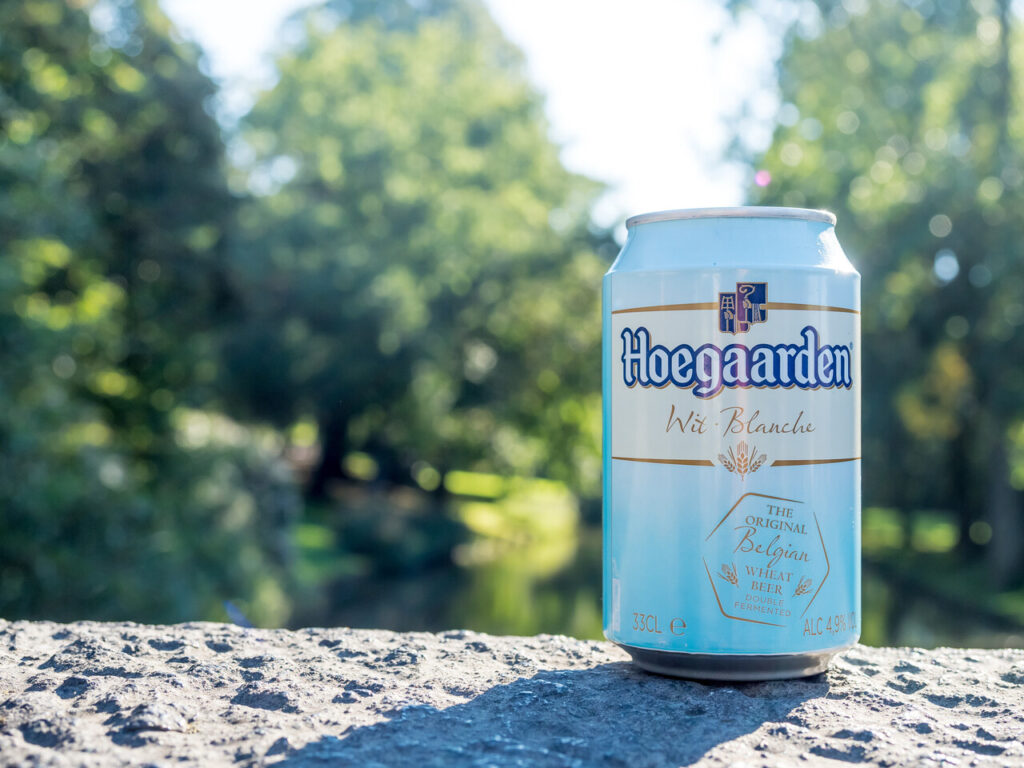
Hoegaarden is a witbier, Belgian wheat beer with flavors of coriander and orange peel, mild yeast character, soft wheat base, and a cloudy appearance. It’s more aromatic and flavor-forward than most lagers, yet not heavy or bitter. Often refreshing in warmer weather, and excels when you want something with more aroma and nuance. In U.S. stores, you’ll usually find the standard version in bottles; sometimes, special or seasonal variants. Price tends to be import-level rather than craft-beer level. If you like beer that smells like spring and tastes of herbs and citrus with mild yeast, you’ll appreciate this one.
8. Franziskaner Weissbier (Germany)
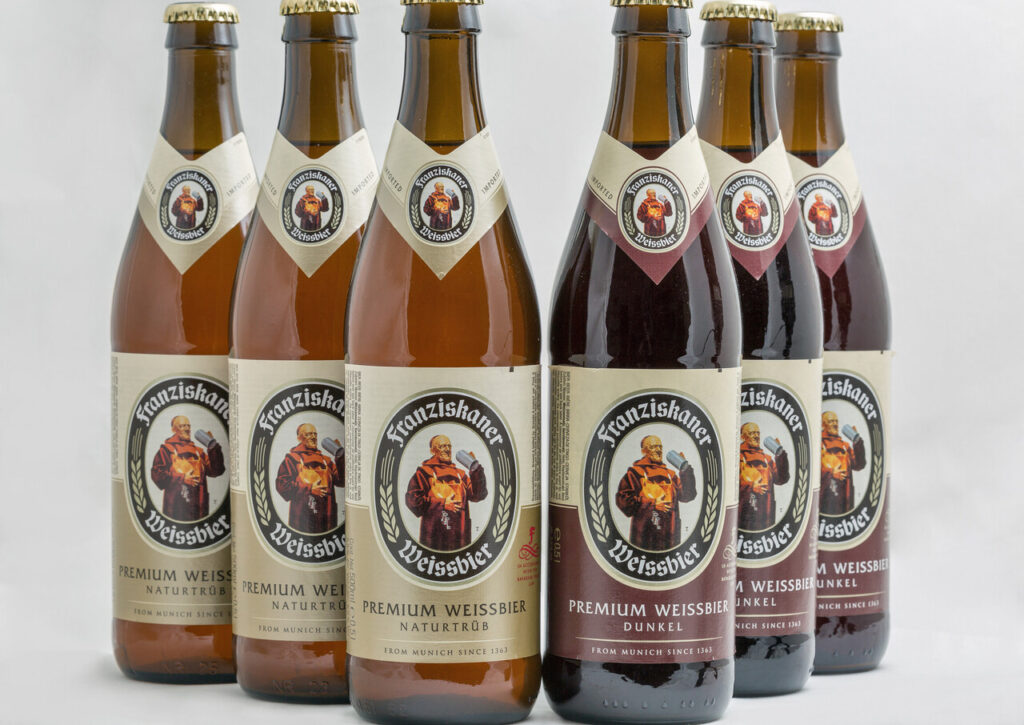
This is a classic German wheat beer. Expect banana and clove yeast aromas, soft malt sweetness, creamy body, and moderate carbonation. It doesn’t try to be hoppy; it leans into yeast and malt. It’s fuller than a lager but much lighter than a stout or porter. Because it’s a traditional style with good international distribution, many large beer stores, some grocery stores, and German-theme bars carry it. If you like Weissbiers or hefes, this one feels authentic. A great beer to sip, especially if you want something smoother but still flavorful.
9. Leffe Blonde (Belgium)
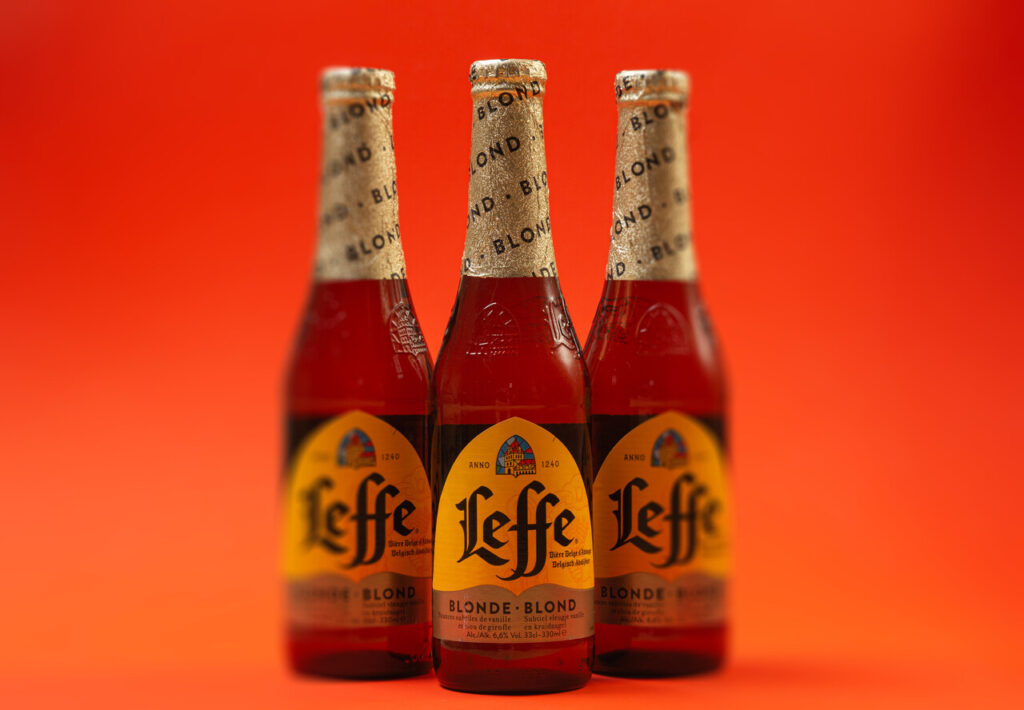
Leffe Blonde is an abbey-style ale with malt richness, gentle sweetness, spice, vanilla or pear notes, and a light hop finish. It has enough body to feel substantial but not so much that it’s heavy. The flavor profile shows character; more fruit and yeast complexity than you find in most lagers. Its branding (Abbey Heritage, bottle design) helps it get shelf presence. In import or specialty beer sections of grocery stores, you’ll often find it. If you want something a little more contemplative but still drinkable that bridges lager drinkability and ale complexity, this fits nicely.
10. Pilsner Urquell (Czech Republic)
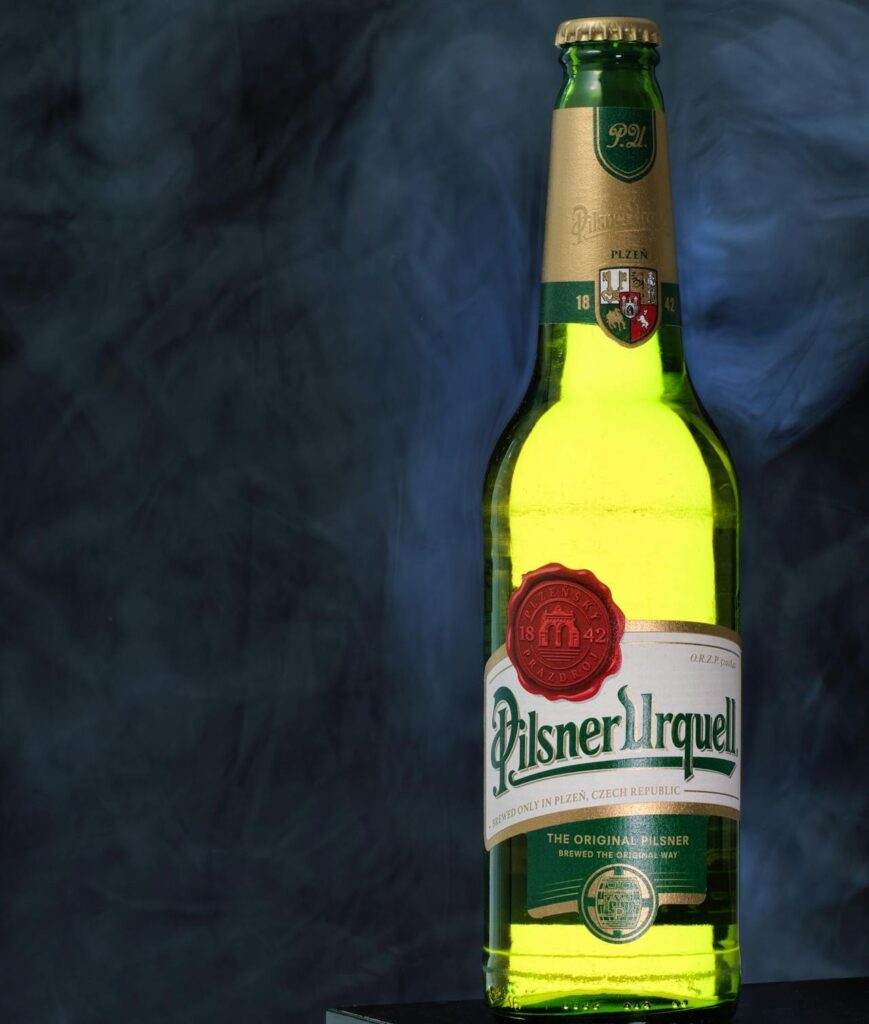
Pilsner Urquell is widely considered one of the originals of the pilsner style. It has a golden color, noble hop aroma (herbal or floral), richness in malt, a crisp bitterness, and a nicely balanced finish. It’s sharper than most American lagers, especially in hop bitterness and malt complexity. Because it’s well known among import beer drinkers, many stores with good import sections will carry it. It may not be as cheap as basic imports, and freshness matters, but it’s rewarding. If you want something with history, character, but still versatile, Pilsner Urquell should be on your list.



